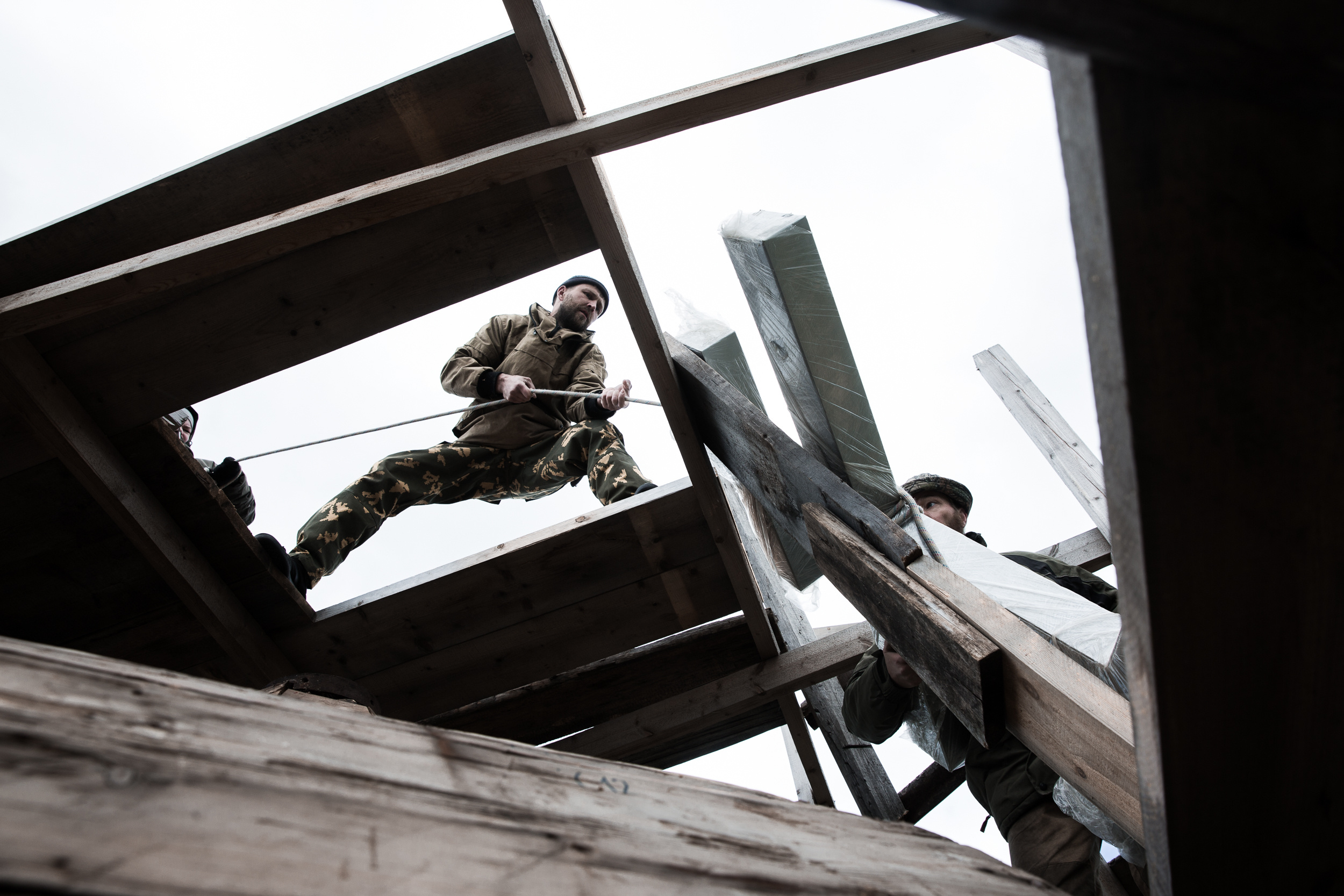Nobody lives there
This is a story not about political confrontation, but about people’s connection to their land and what they are willing to do to protect it.
In January 2019, a project of a new garbage reform was adopted, its main goal is to solve the crisis in Moscow. According to this project, solid household waste from the capital will be transported by rail to sparsely populated Northern areas of the country and buried there in specially equipped landfills. It was said that no one lives in the territories chosen for waste disposal. But in fact, this was not true.
Construction of the first landfill began illegally six months before the adoption of the reform. The place of its location is a railway station named Shies on the border of the Arkhangelsk Region and the Komi Republic. Locals boycotted the construction site and have been on duty at self-organized posts for more than a year to avoid the delivery of fuel and construction equipment. The authorities cannot disperse the protest, because the construction is still illegal. People are afraid of environmental consequences. A swampy area is selected for the polygon. If it is built, the groundwater and soil will be poisoned. Locals will lose drinking water and the opportunity to engage in agriculture. They will have to leave, but they have no place to go.
The protest at the Shies station has a special character, it is not like other stories of political confrontation in Russia. It is peaceful and participants avoid any open interactions. The main thing for them is to defend the right to live on their land.
At the beginning of 2020, the authorities canceled the construction of the landfill. This is almost the only large-scale precedent in recent Russian history, where people were able to defend their rights before the state.
Publications:
National Geographic (Rus) Russian Reporter
Zapovedinic Regnum The eye of photography (FR) Russian Reporter (reportage)
For additional images and more information, please, contact me





















































